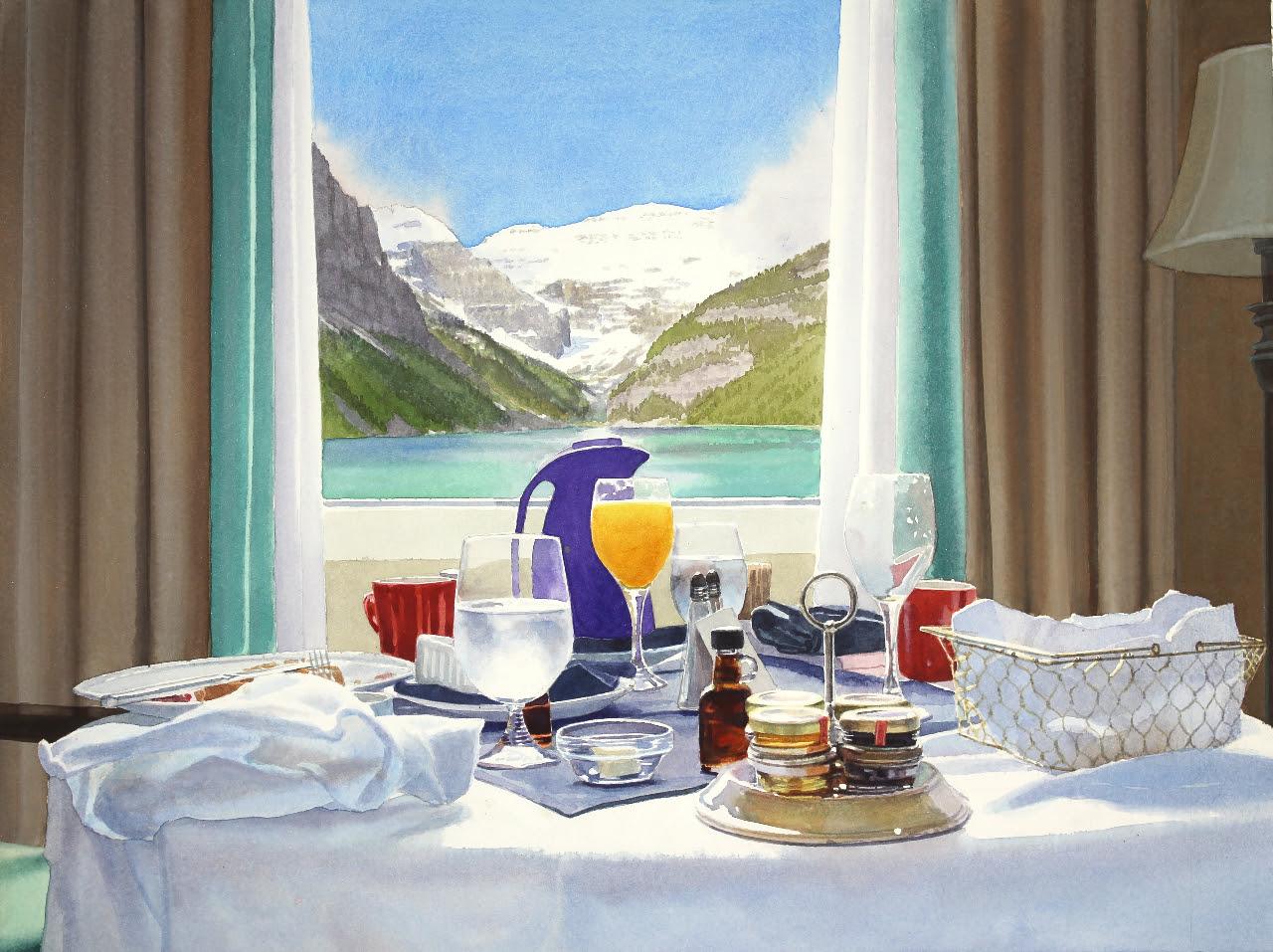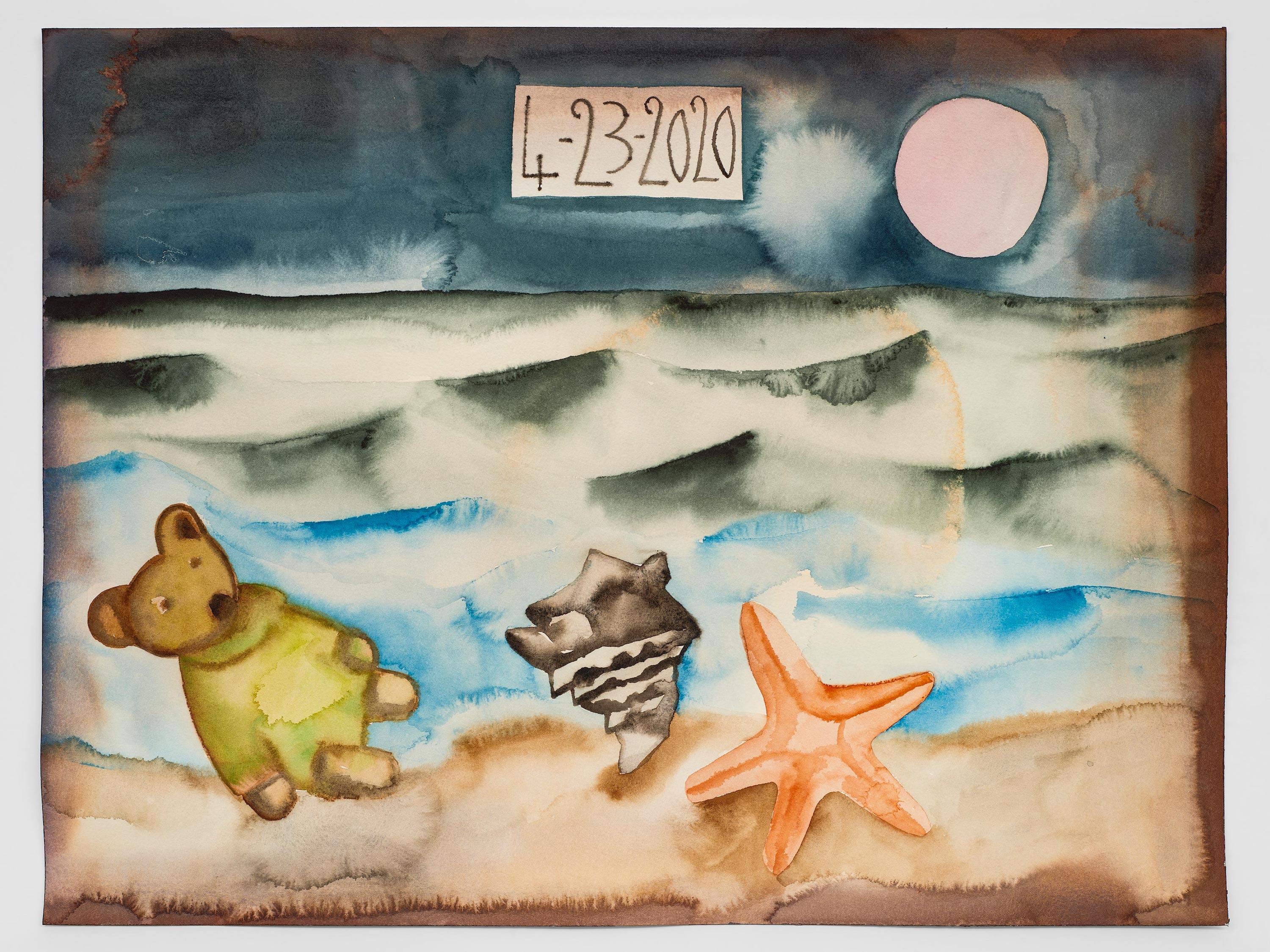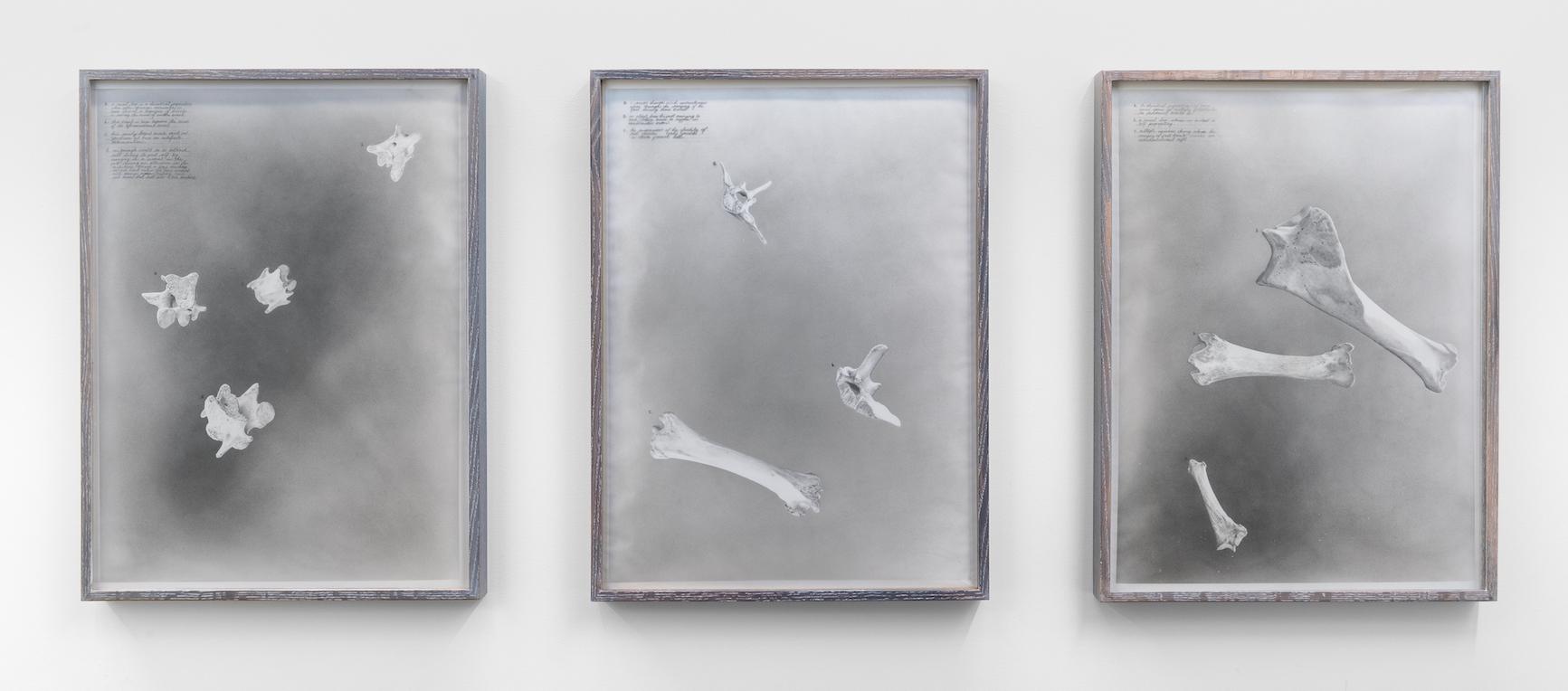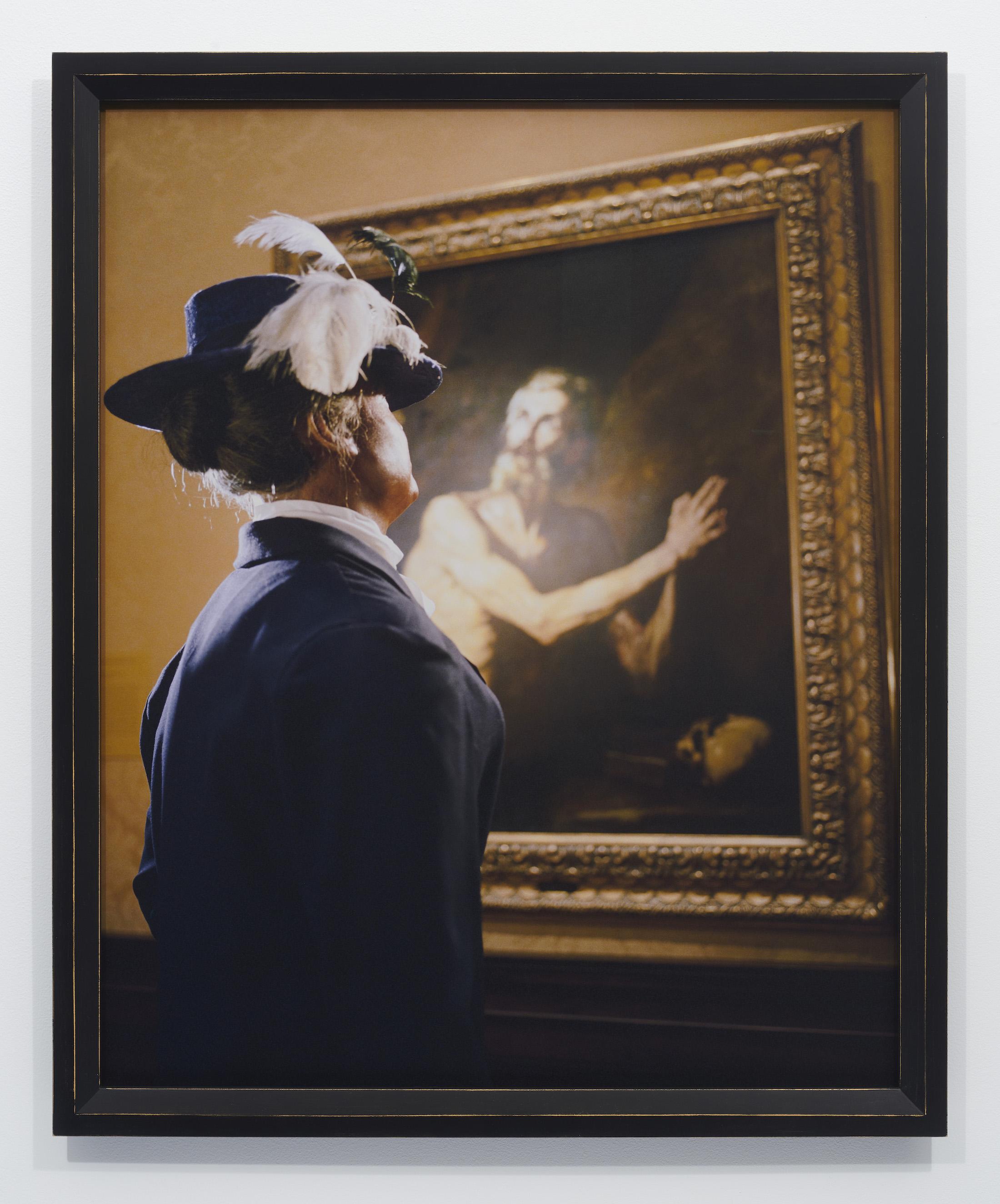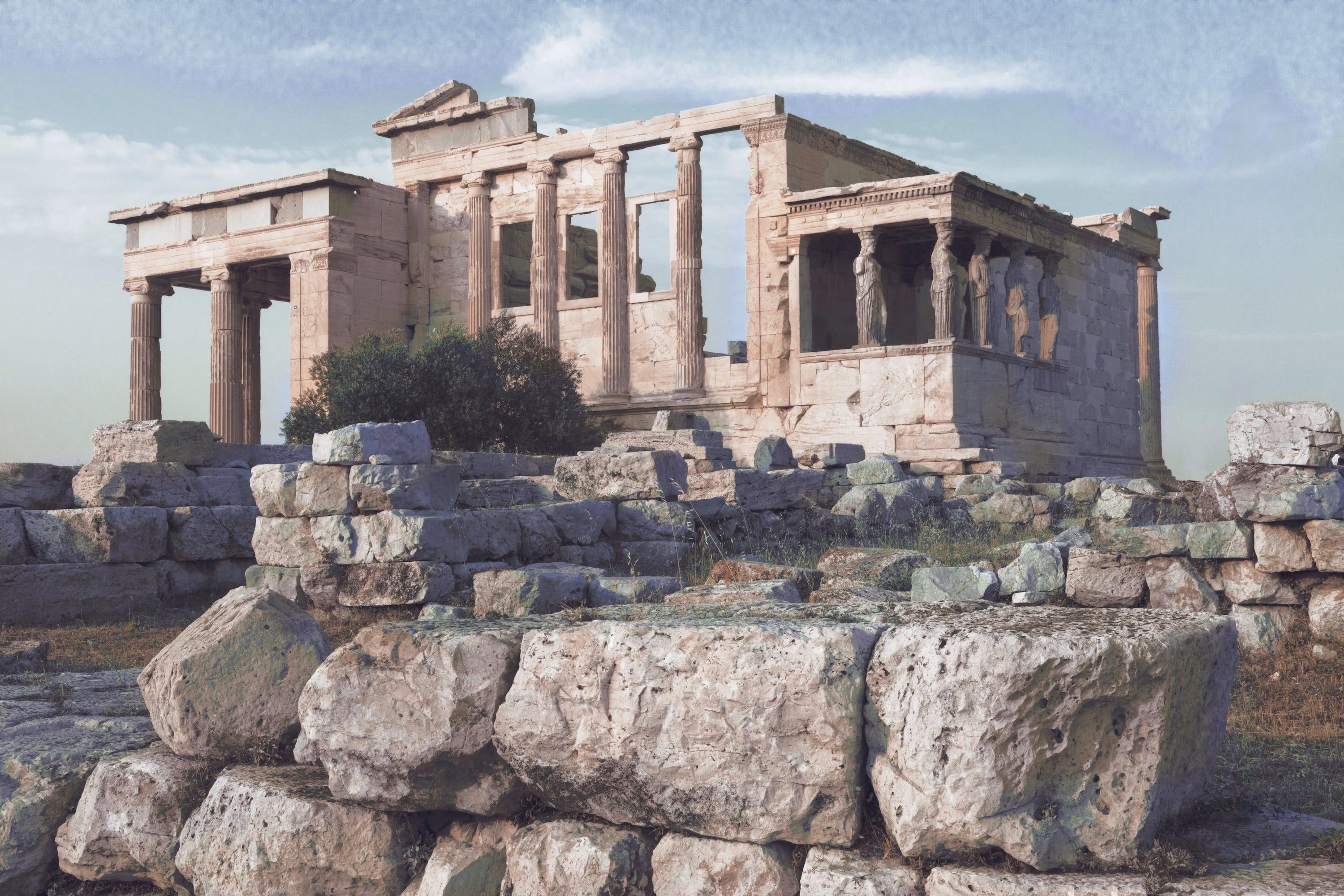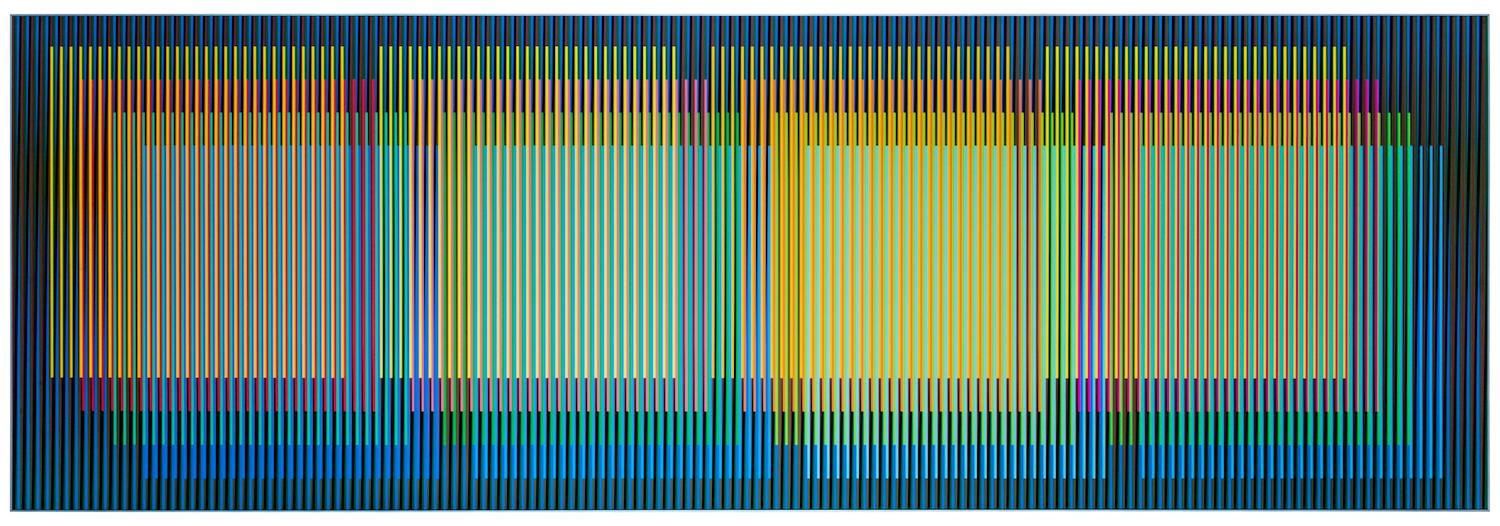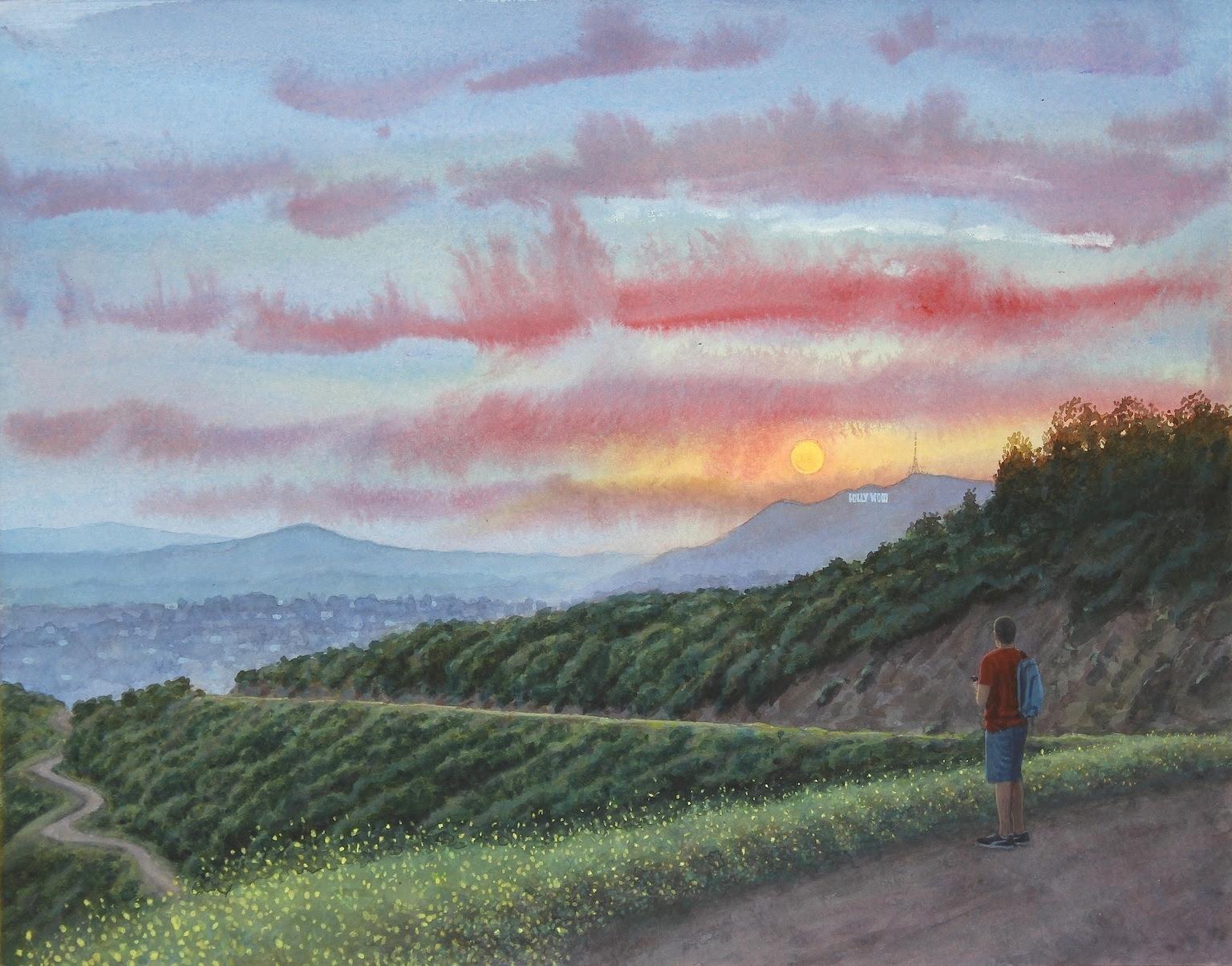Francesco Clemente: Beauty Without Witness, April 2020
Lévy Gorvy, New York
Presenting twelve new watercolors by Francesco Clemente that he made at home in Greenwich Village during quarantine, Beauty Without Witness, April 2020 provides viewers the opportunity to understand the Italian artist’s overall process through a singular body of work. Taking its title from an observation made about the circumstances related to the creation of these works by Carlos Basualdo, Curator of Contemporary Art at the Philadelphia Museum of Art and Curator at Large at MAXXI, the National Museum of 21st Century Arts in Rome, the virtual presentation offers a seductive series of seascapes portraying shells, starfish, and toys that have been cast adrift like childhood memories.
Pictured at the in-between space of the shoreline—a place that the artist says is “like twilight, a place where the line is blurred” in a video conversation with Raymond Foye, a writer, curator, and publisher, who co-founded Hanuman Books with Clemente in the late-80s—the saturated series of watercolors mark the passing days in lockdown in a dreamlike manner. Named for the day in April that each piece was painted, 4-10-20 depicts a lone conch shell on the beach; 4-12-2020 captures one shell in the water and another onshore; and 4-23-2020 pictures a teddy bear, shell, and starfish washed ashore on a moonlit night.
Enchantingly painted with hazy, feathered edges and strangely labeled on the surface with the date—and thus the title—illustrated in a rectangle, which the artist reveals he is doing for the first time after being inspired by the visual intrusions in historical Japanese Ukiyo-e prints, the poetic pieces in the series portray what Clemente revealingly calls “the place in between, which has always been a subject, maybe the subject of what I make.”




